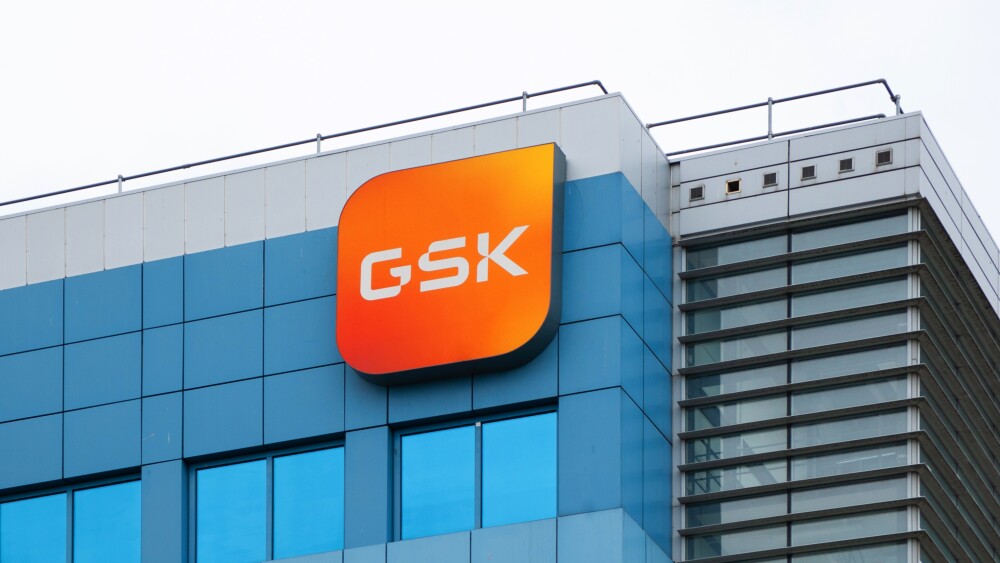The organizations hope the funding will result in clinical trials in the U.S. and countries in sub-Saharan Africa in the next seven to 10 years. Francis Collins, director of the NIH, said they would focus on “access, scalability and affordability.”
VDB Photos / Shutterstock
Gene therapies are just now becoming viable treatments—actually curing genetic diseases, with more to come. But these one-time treatments to-date come with staggeringly high price tags, such as Novartis’ Zolgensma (onasemnogene abeparvovec-xioi) for spinal muscular atrophy (SMA), which runs $2.1 million.
The U.S. National Institutes of Health (NIH) and the Bill & Melinda Gates Foundation announced plans to invest $200 million over four years in support of affordable gene therapies for sickle cell disease (SCD) and HIV.
The organizations hope the funding will result in clinical trials in the U.S. and countries in sub-Saharan Africa in the next seven to 10 years. Francis Collins, director of the NIH, said they would focus on “access, scalability and affordability.”
Although there is little doubt that both HIV and SCD are significant diseases, particularly in sub-Saharan Africa, they are both significantly different in terms of mechanism. SCD is the most common inherited blood disorder in the U.S., affecting about 100,000 people. Worldwide, about 100 million carry the SCD trait and about 5 million people have it. In the disease, a gene mutation causes the production of abnormal, flattened, sickle-shaped red blood cells. These distorted red blood cells don’t move as easily through the bloodstream as normal red blood cells, and they tend to stick and block blood flow, which can cause chronic pain, anemia, and damage organs. The pain episodes, VOC, often require hospitalization.
HIV, however, is a viral infection of the immune system, where the viruses infect T-cells. It is usually treated with antiretroviral therapy (ART), which is able to decrease the patients’ viral load to undetectable levels, eliminating symptoms and chances of transmission.
The collaboration would focus for SCD on a gene therapy that would either correct the gene mutation or promote fetal hemoglobin gene expression.
HIV, on the other hand, would require approaches that target the caches of proviral DNA that still hide in the immune system even after years of ART.
“In recent years, gene-based treatments have been groundbreaking for rare genetic disorders and infectious diseases,” said Trevor Mundel, president of the Gates Foundation’s global health program. “While these treatments are exciting, people in low- and middle-income countries do not have access to these breakthroughs. By working with the NIH and scientists across Africa, we aim to ensure these approaches will improve the lives of those most in need and bring the incredible promise of gene-based treatments to the world of public health.”
In terms of global HIV infections, 67% of HIV patients are in sub-Saharan Africa. Over the next 30 years, the NIH said, more than 11 million children will be born with SCD in that region.
“We are losing too much of Africa’s future to sickle cell disease and HIV,” said Matshidiso Rebecca Moeti, regional director for Africa at the World Health Organization. “Beating these diseases will take new thinking and long-term commitment.”
At least some researchers, though pleased with the investment, note that sub-Saharan Africa doesn’t have much access to already available therapies for both HIV and SCD. For example, the most effective SCD treatment is hydroxyurea, which is not widely available in the region and barely been studied there. Yet a 2019 study found that providing the drug to children cut the mortality rate by two-thirds and decreased the pain crises associated with SCD by half.
The collaboration “is tremendously exciting and has the potential to have a great impact on sickle cell disease in sub-Saharan Africa,” Vijay Sankaran of the Dana-Farber/Boston Children’s Cancer and Blood Disorders Center, told STAT. “But my hesitation is that even the inexpensive therapies we have today, such as hydroxyurea, are largely unavailable there. The question is, how do we best approach this disease, with therapies that are working today or with genetic therapies that might work?”
This also applies to HIV. In the U.S. ART drugs cost less than $100 annually, but in east and southern Africa, only 67% of HIV-positive adults and 62% of HIV-positive children are estimated to be receiving ART.





